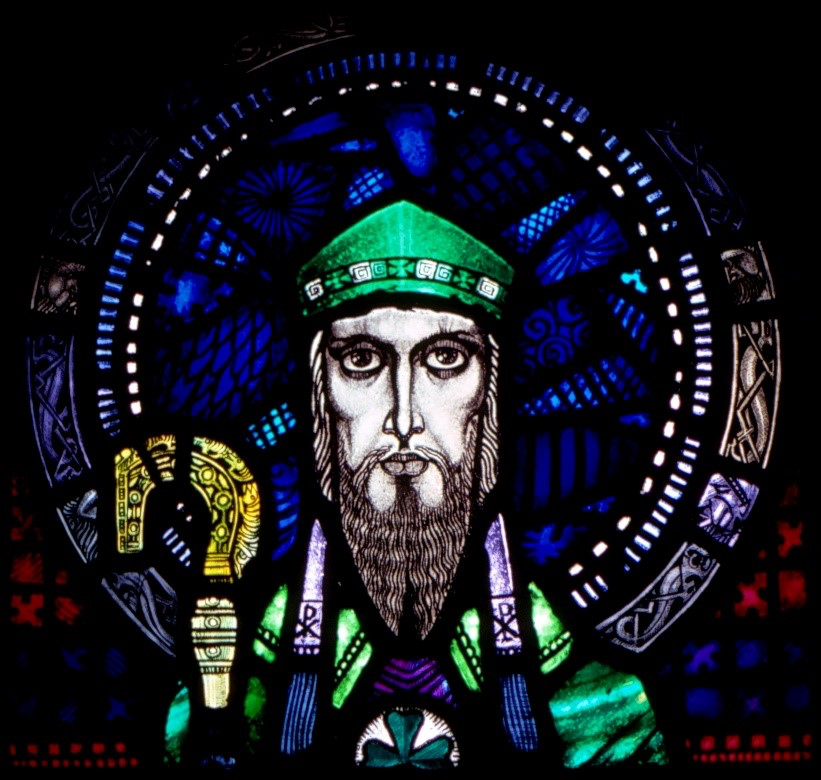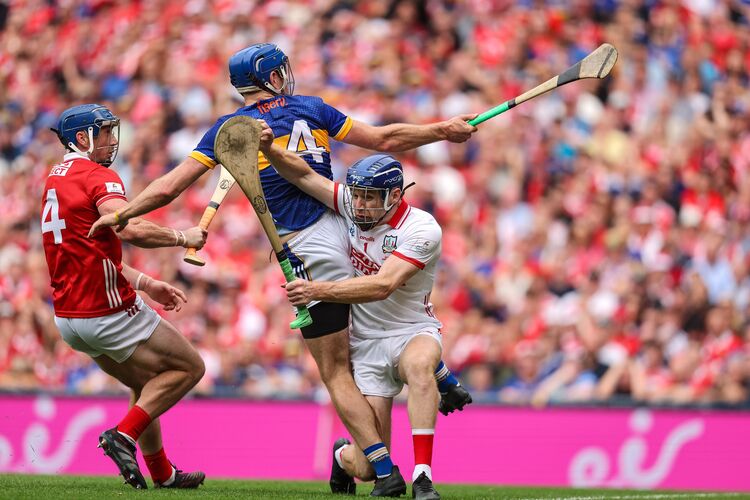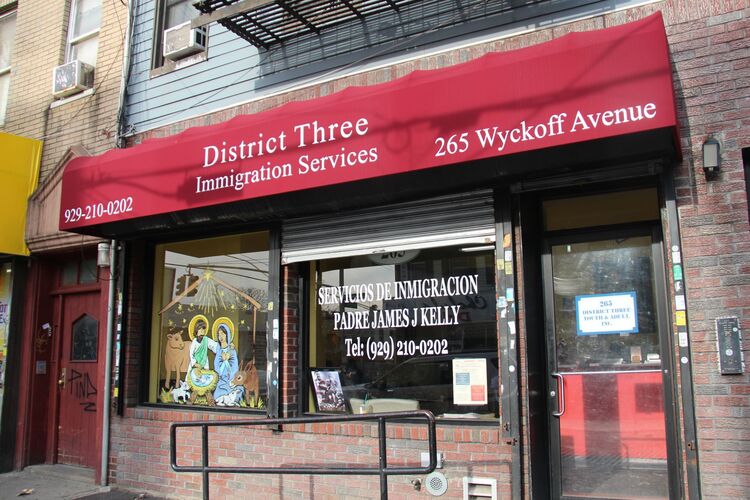Acclaimed artist Harry Clarke had unfinished business in Bayonne, N.J., at the time of his death on Jan. 6, 1931.
Fortunately, the Dubliner left detailed plans and sketches on how his studio should complete the work for the church of St. Vincent de Paul.
The story began at Eastertime 1928, when its dynamic pastor, the Rev. Joseph Dolan, made a trip to Dublin to do a deal. It’s one of the reasons why the New Jersey church is the only building in America that has Clarke stained-glass windows installed as part of its structure.
It was the same year, as it happened, that windows by Clarke, which have been at the center of a high-profile legal battle in the Irish courts, were installed in Bewley’s Café on Grafton Street.
“He was very Irish; he traveled to Ireland a lot and got to see Harry’s work in a number of churches,” said lifelong parishioner and co-author of a booklet on the windows, Peter Keenen O’Brien, about Fr. Dolan.
A recent article on ReligionUnplugged.com said, “Dolan was a geek about art, beauty and architecture.”
Its author, Paul Glader, commented that the St. Vincent de Paul windows “keep drawing your eyes to study the images. The telling, minute elements — lines in a beard, expressions on faces — are detailed in ways that make other stained glass windows seem dull. The color palate is more brilliant - like an LED screen from the 2000s rather than the picture tube technology from the 1980s. Instead of pastel colors found in other stained glass works, these hold bold, rich jewel tones.”
The Keenen O’Brien booklet, written with Priscilla Ege, said Dolan, who spent years studying in Italy and was ordained in Genoa in the early years of the 20th century, “was familiar with Lombard-Romanesque architecture and desired this style for the new church.”
The authors found the correspondence between architect Charles Donagh Maginnis (the Derry-born founder of the Boston firm Maginnis & Walsh), Clarke and Fr. Dolan about the building of a new church for the parish.
Keenen O’Brien and Ege write, “The result of this wonderful collaboration was a set of windows that has no match on this side of the Atlantic. Over the years, as the work of Harry Clarke has become more renowned, people from all over the world have come to the Church of St. Vincent de Paul to see his work first hand.”
They continue, “The master plan for the nave windows would be ‘The Genius of the Mass/The Mass in Glass.’ There would be a contrast of the ‘Old Law’ with ‘The New Law,’ with figures from the Hebrew Scriptures alongside bishops/priests offering Mass. A unique feature of these windows is that all of the main figures are historical, coming from the scripture as well as from the history of the Archdiocese of Newark and the United States.”
Keenen O’Brien said, “Maginnis and Dolan asked Clarke to do the plans for the whole church, even though they couldn’t afford to do it all at once.”
He and Ege write, “Although the last of the windows were completed after Clarke’s death, the firm of J. Clarke and Sons remained faithful to his original plan, which it executed with the same attention to detail as Harry had given the first 24 windows.”
“They’re blown away by what they see,” Keenen O’Brien said of visitors’ reaction to the windows at St. Vincent de Paul, even when they’d known they would encounter something special.
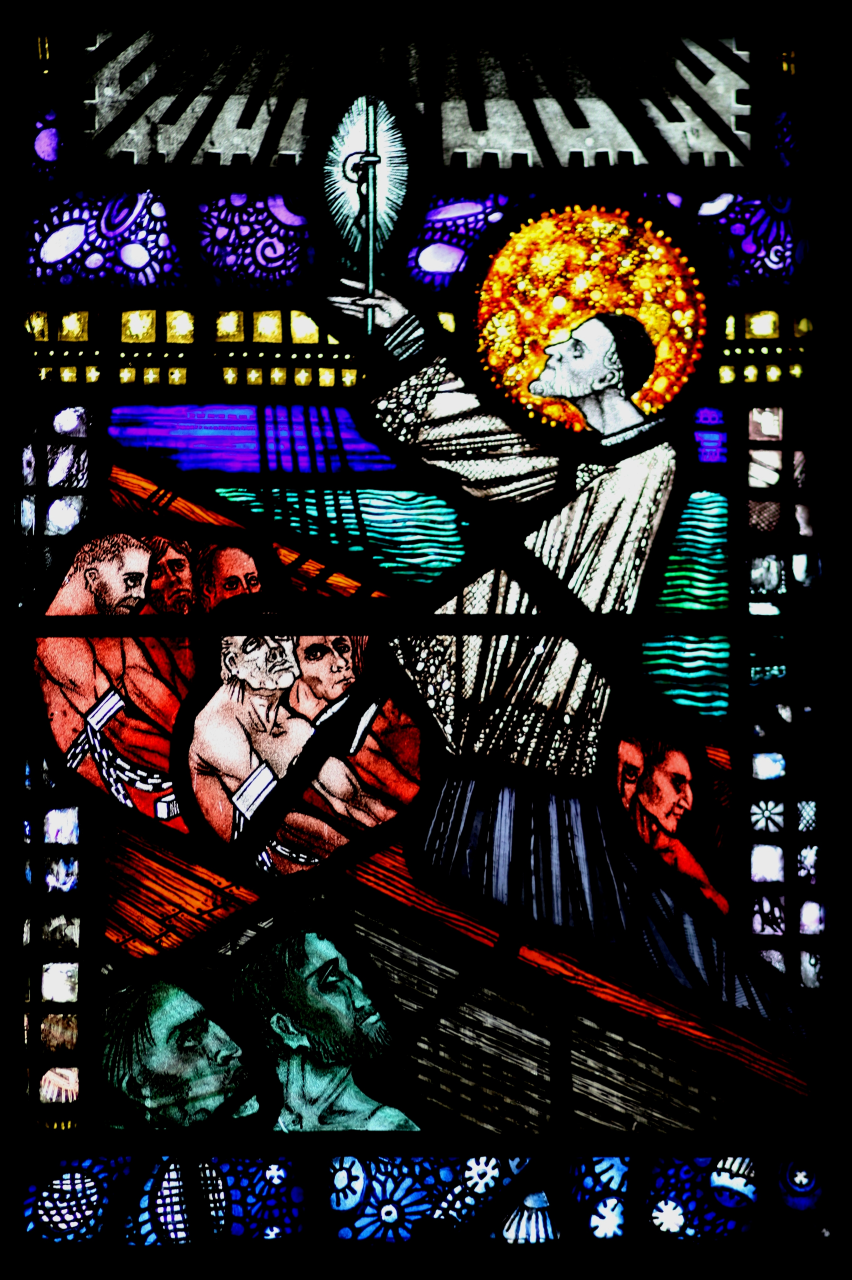
Part of the window featuring St. Vincent de Paul.
As to the present-day parishioners, he said, “We’re trying to educate them.”
It seems it’s a constant story of rediscovery when it comes to Clarke and his St. Vincent de Paul windows.
In a 2000 article in the New York Times, Deacon Ralph Savo admitted that he’d become an enthusiast thanks to the stream of visitors from around the country and from Ireland.
“People are just finding out about his techniques, about how he brought out colors,” Savo said then, “When the light shines through his windows, you can see the beauty of them and can actually see faces.”
A detailed Catholic Advocate obituary for Dolan upon his death at age 82 in January 1959 made no specific mention of the stained-glass windows. It said that he had arrived at the parish in the “wooden era,” 40 years before, and saw the new church become a “beautiful stone and marble edifice.”
It said the proudest achievement of the pastor, beloved by all and known for his Irish wit, was the reopening of St. Peter’s College (now St. Peter’s University), which had closed during World War I and had remained shuttered for years after it. Dolan made a trip to Jesuit headquarters in Rome to make its case and he was successful — the college was back in business in 1930.
By that time, Harry Clarke was at a sanitarium in Davos, Switzerland. He died of tuberculosis at Chur, while en route home to Dublin. He was 41.
Clarke had built his reputation initially as a book illustrator, but joined his brother Walter in the family business J. Clarke & Sons upon the death of their father, Joshua. From 1931, the studio continued the Bayonne project, overseen by Harry’s wife Margaret Crilley Clarke, a fellow artist and teacher, and Richard King RHA.
Keenen O’Brien said of the Clarke legacy at St. Vincent de Paul: “It’s a wonderful gem that has been handed on to us.”
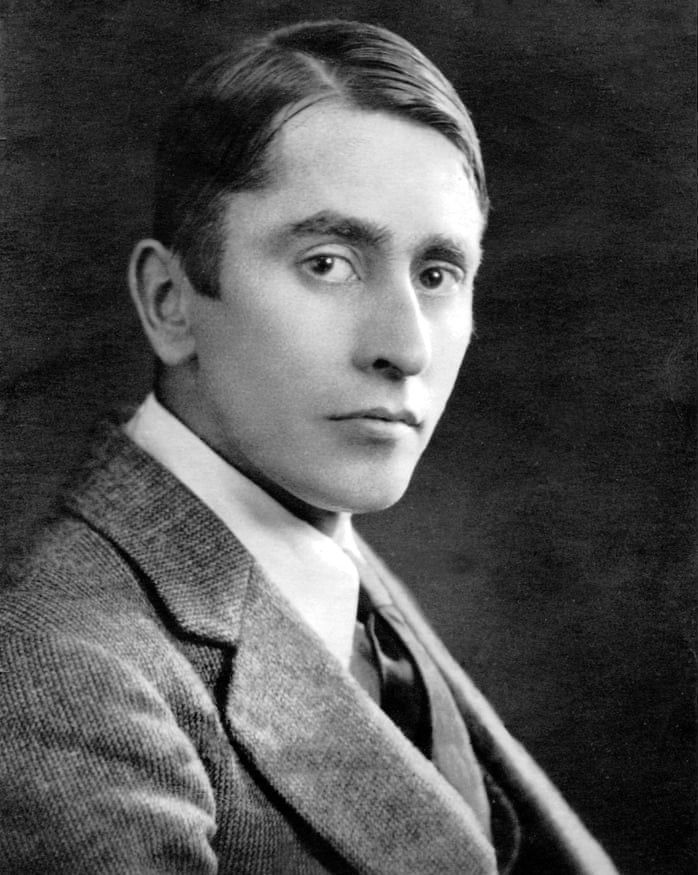
Harry Clarke.

